Understanding the 'Perfume Inferno'
The Fiery Allure of Scents
The world of fragrance is as diverse as it is captivating, boasting a symphony of olfactory notes that can stir the senses and evoke a tapestry of emotions. For those who delve deeply into this enthralling universe of scent creation, the journey can indeed feel like navigating through an inferno, with its vibrant contrasts and myriad options.
Perfume, in its essence, is a potent blend, typically combining both natural elements and synthetic notes to craft a narrative that unfolds gently over time. The complexity is what offers the richness of experience, where a fragrance opens with bright top notes—such as the zesty attack of pink pepper or the floral elegance of orange blossom—before transitioning to more woodsy and earthy tones.
The application is another important aspect, where the decision between perfume spray or roll-on oils can dictate the wearer's preference and experience. One's technique can start with a spritz onto the inner wrists and gently behind the earlobes, or a more intimate application with drops of oil on specific pulse points like the earlobes and jawline ends.
The price and unit price become significant factors for consumers navigating this fiery landscape. They must consider the width of options, each as diverse as the scents they represent—be it a woodsy earthy option commanding a higher price versus a more budget-friendly spray. The product's allure is not just in the scent it harbors, but also in the packaging, the quality of the parfum, and the narrative it tells.
The Art and Science of Scent Creation
The Intricate Craft of Fragrance Formulation
Creating a perfume is akin to orchestrating a symphony, where each note plays a crucial role in the overall harmony. The process begins with selecting the right blend of ingredients, where each element contributes to the 'Perfume Inferno' that captivates the senses. From the initial fragrance opens with a burst of pink pepper to the lingering woodsy earthy undertones, the art of scent creation is both an art and a science.
In the realm of fragrance, the choice between a perfume spray and a perfume oil can significantly influence the product's character. Perfume oils, applied as drops on the inner wrists or gently on the earlobes and jawline, offer a more intimate experience. They tend to have a higher concentration of fragrance, providing a longer-lasting scent. On the other hand, perfume sprays offer a wider stroke of aroma, filling the air with their presence.
The Science Behind the Scent
The science of scent creation involves understanding the chemical interactions between various fragrance notes. Essential oils, alcohol, and other compounds are meticulously blended to achieve the desired effect. A well-crafted perfume balances top notes like orange blossom with heart notes and base notes, creating a multi-dimensional experience that evolves over time.
For those exploring options, the unit price of a fragrance can be influenced by the complexity of its formulation and the rarity of its ingredients. A high-quality parfum might feature rare oils and extracts, justifying a higher price point. The challenge lies in maintaining the delicate balance between cost and the sensory experience.
For a deeper dive into the allure of perfumes and their enigmatic qualities, you might find this exploration intriguing.
Market Trends and Consumer Preferences
Trends Shaping the Fragrance Market
- Preference for Natural Ingredients: Consumers are increasingly gravitating towards fragrances made from natural ingredients. This shift is often driven by a preference for earthy, woodsy aromas and a desire for transparency in ingredient sourcing. The allure of notes like orange blossom and pink pepper remain strong, yet there's a rising demand for blends that are sustainably sourced and environmentally friendly.
- Explosion of Niche Perfumes: There's a noticeable increase in the popularity of niche perfume brands. While navigating challenges such as smaller production scale and higher unit price, these brands offer unique scent profiles that stand apart from mass-market offerings. These often include oils and parfum options that provide a longer-lasting, more personalized scent experience.
- Variety in Formats: The fragrance application process has diversified significantly. Options now include traditional spray bottles, roll-ons for oil applications, and even novel ways like using drops of oil on the inner wrists and gently on the earlobes. This variety allows consumers to apply their favorite inferno perfume in the way that best suits their lifestyle.
- Sustainability as a Priority: Sustainability is becoming a key consideration for both consumers and producers in the fragrance industry. Brands are adopting eco-friendly practices in sourcing and producing perfumes, responding to an increasing demand for products with a reduced environmental impact. This trend carries implications for all aspects of fragrance development, from the harvest of materials to the packaging of the final product.
Understanding these market trends and consumer preferences is essential for any brand looking to be successful in the fragrance industry. These changes are not just reflective of demand but are often driven by broader shifts in consumer values and behavior. To further delve into how these trends impact consumer purchasing decisions, explore the Essence of Fragrance.
Sustainability in the Fragrance Industry
Embracing Green Practices in a Fragrant Landscape
Navigating the world of fragrance is like trying to tame a fiery inferno. This becomes even more complex when sustainability enters the scene. In the quest for a more ecological footprint, the fragrance industry is increasingly adopting conscientious practices that cater to eco-friendly consumers. One of the most significant shifts is the move from mass-produced perfume sprays to more sustainable options like perfume oils and roll-on fragrances. These products, often crafted with organic components, are experiencing a surge in popularity. Oils like these provide a concentrated blend of notes, including woodsy and earthy undertones. Applying a few drops of oil on the inner wrists or behind the earlobes and jawline can create a long-lasting impact, highlighting how sustainability can enhance the perfume experience. Moreover, brands are focusing on sustainable packaging. The challenge is finding the balance between creating elegant designs and reducing waste. By reducing the use of non-recyclable materials, brands aim to ensure their fragrances not only gently fill the air with enchanting scents but also align with the growing consumer demand for environmentally friendly products. In this aspect, market trends reveal a growing preference towards fragrances that utilize naturally derived ingredients. Scents such as orange blossom and pink pepper are in high demand, not just for their invigorating aroma but also for their low environmental impact. As we stroke through the labyrinth of fragrances, it's evident that the industry's shift towards sustainable practices isn't a fleeting trend but rather a permanent stroke miterlimit on the canvas of perfumery. This transformation is driven by not only the innovators of the perfume world but also the conscientious consumers whose preferences are redefining industry norms. Sustainability is no longer an option—it's an imperative, shaping how perfumes are crafted, marketed, and cherished. This evolution challenges brands, especially those in the niche sector, to innovate and resonate with environmentally-aware consumers, all while maintaining the irresistible allure of their fragrant creations.The Role of Marketing in Fragrance Success
The Power of Marketing in Fragrance Success
Marketing holds the key to unleashing the fiery world of scent. In a highly competitive industry, presenting a perfume's essence while highlighting its unique notes and allure is an art in itself. The campaign for a new "inferno" fragrance must stir emotions, offering either the captivating embrace of woodsy earthy undertones or the refreshing allure of orange blossom. This stroke of genius, orchestrated through strategic marketing, ensures that a fragrance resonates with its audience.
One crucial aspect is pricing. Accurate unit price and marketing must paint a picture of exclusivity and desirability. This narrative transforms a humble perfume spray or oil into a must-have product.
Moreover, the use of advertising mediums plays an essential role. From striking visuals that artfully exhibit how the scent gently envelops the inner wrists, jawline ends, or earlobes, to crafting engaging stories that attach a title or persona to a fragrance, these elements drive brands forward.
Further, there's the emotive power of scent stories — where the fragrance opens with fresh strokes and culminates in an unforgettable blend of notes. The imagery of light spray roll application can turn a simple experience into something luxurious and enchanting, akin to gently caressing the air with drops of oil.
Ultimately, a successful campaign steers consumer preferences towards a product, ensuring the fragrance fills their lives with a beautiful width of enchanting possibilities. While not devoid of challenges, marketing blends creativity with the science and art of scent creation, a theme explored in our earlier discussions.
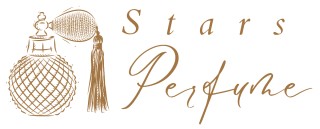
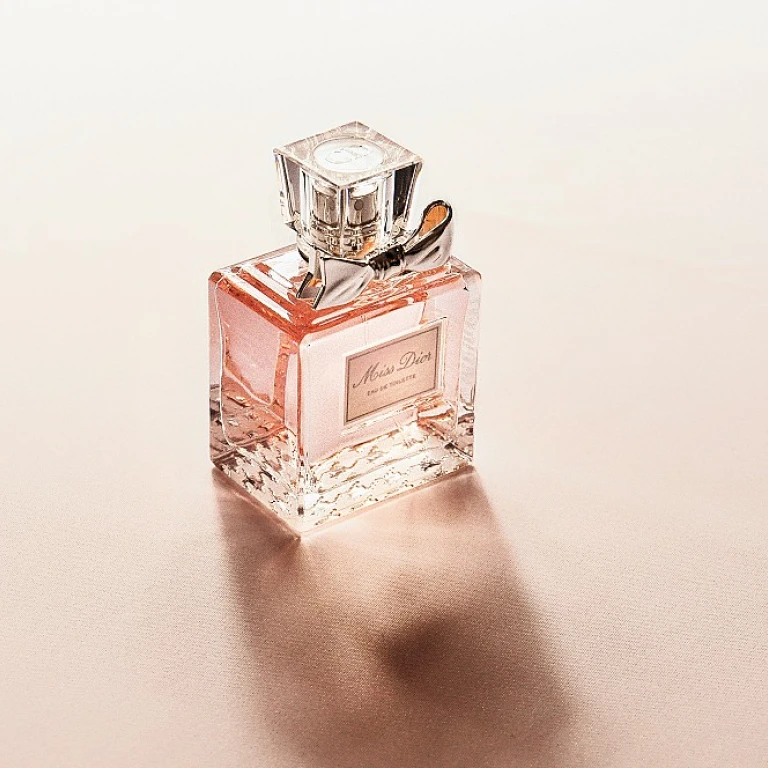
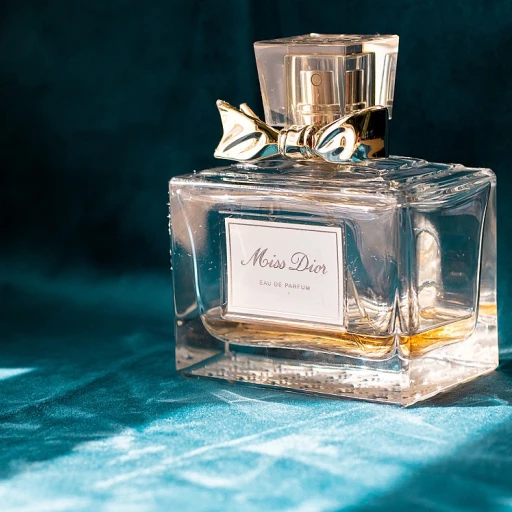
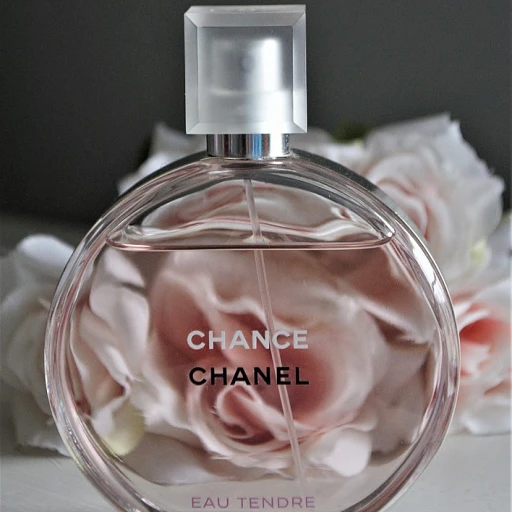



-large-teaser.webp)
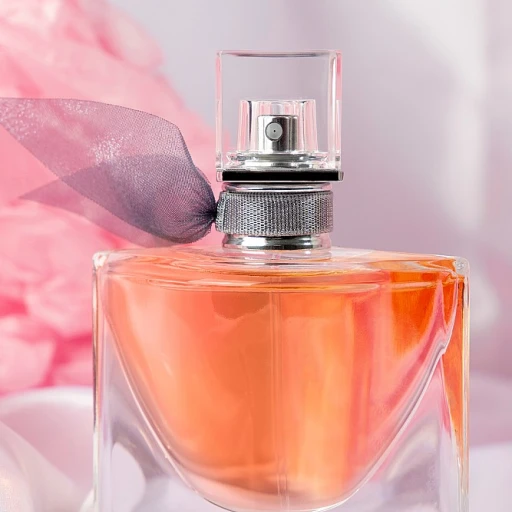

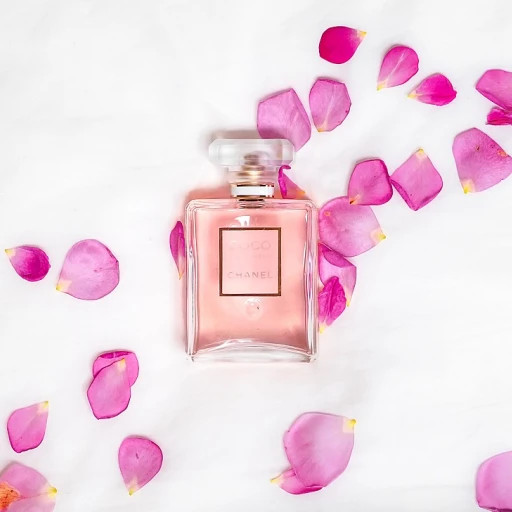
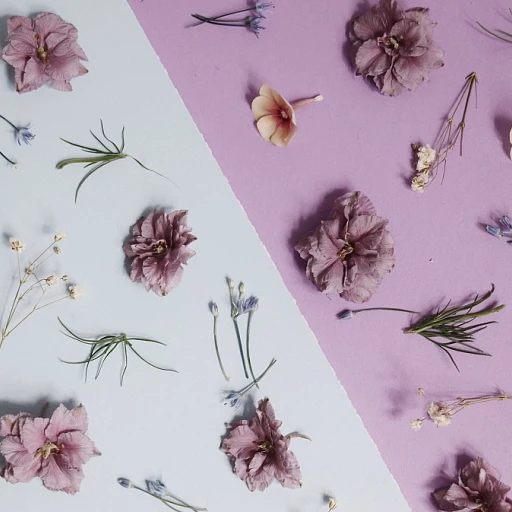
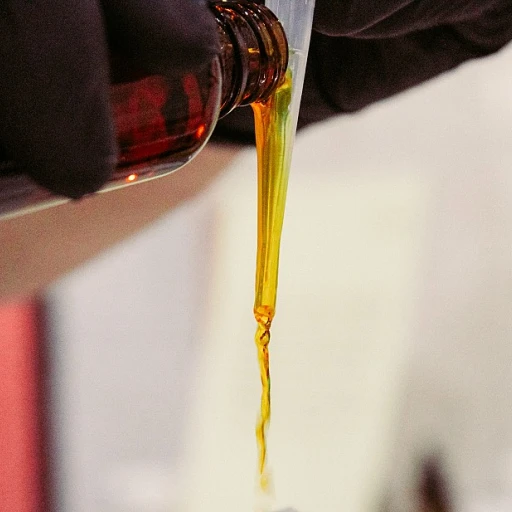
-large-teaser.webp)